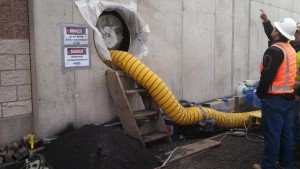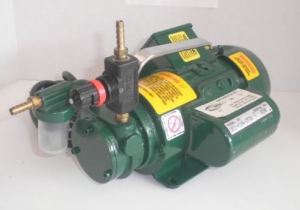Wed 20 May 2015
OSHA Confined Space Rule for construction
Posted by admin under Air Monitoring, Carbon Monoxide, confined space, Federal OSHA, OSHA, Permit Required, Safety Programs, ventilation
Comments Off on OSHA Confined Space Rule for construction
If you haven’t already heard, it is worth while to mention,OSHA now has jurisdiction over confined spaces in construction (in force on August 3, 2015). Hopefully those working in construction have already realized this hazard and have taken steps to prevent injury.
Here are some of my thoughts:
- **although there are many factors, and we should not compare hazards** OSHA estimates an “injury saving” of 780 serious injuries, and 5 lives spared with the confined space rule.  Compare this with the estimated injury saving from the proposed silica: prevent 1,600 cases of silicosis and save 700 lives.  (and, I do realize these cost employers different amounts of $)
- Oregon OSHA – confined spaces already has a (new) construction confined space standard, which is very much different. It will be interesting to see if this; meets/exceeds/or needs to be changed, to comply with the federal rule.
- Since this rule was dropped without much warning, we will wait to see if anyone calls “foul”. Other than political reasons, it is hard to imagine a reason why construction should be exempt from these rules.
- There are some differences in the construction rule and the general industry:
- Multi-employer work sites are covered
- Continuous monitoring – when possible engulfment
- Upstream early warning- when possible
- Suspension (not cancellation) of a permit

